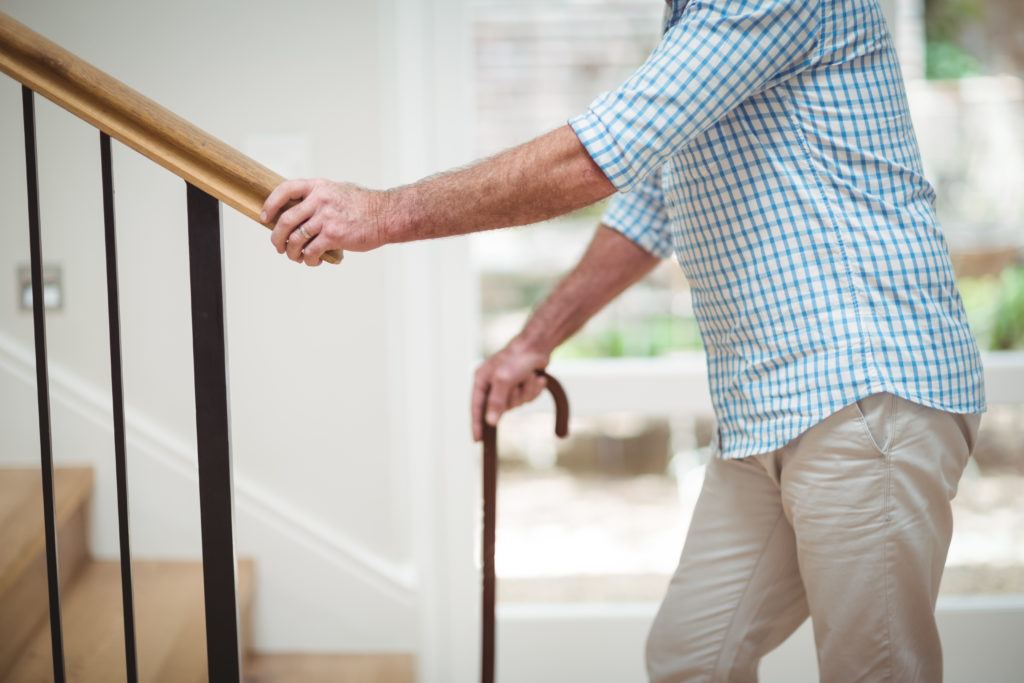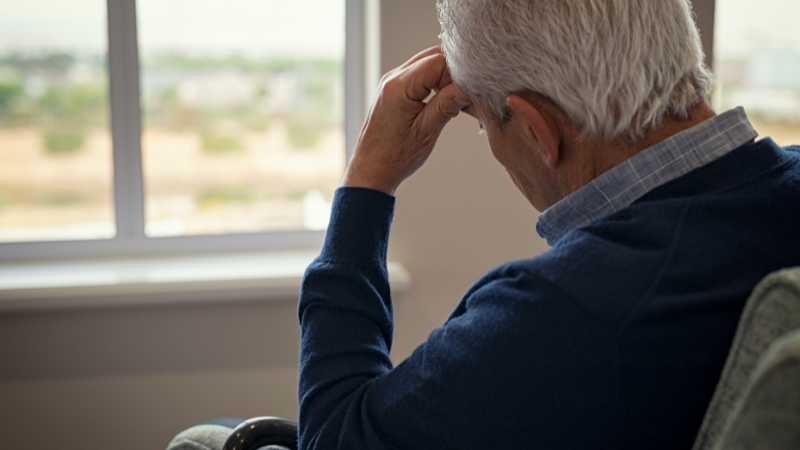In recent years, the technology behind fall detection devices has gained significant attention, especially among family caregivers. As the population ages, ensuring the safety of the elderly becomes a priority. One of the most frequently asked questions in this domain is, are fall detection devices accurate? This question is critical as it impacts the trust and reliance families place on these devices.

Understanding Fall Detection Technology
Fall detection devices are designed to automatically alert caregivers or medical services when a fall is detected. They utilize various technologies such as accelerometers, gyroscopes, and even IoT sensors. To understand their accuracy, it’s essential to delve into how these technologies function.
The Role of Accelerometers and Gyroscopes
Accelerometers measure the rate of change of velocity, which helps in identifying sudden movements associated with falls. Gyroscopes, on the other hand, measure orientation and rotation, providing additional context to the movement detected. Together, these sensors aim to accurately identify a fall and differentiate it from normal activities.
Sensor Fusion for Improved Accuracy
Sensor fusion involves combining data from multiple sensors to improve the accuracy of fall detection. This approach allows for a more comprehensive analysis of movement patterns, reducing the chances of false alarms.
Factors Influencing Accuracy
Several factors can influence the accuracy of fall detection devices. Understanding these can help in selecting the right device for your needs.
Device Placement
The placement of the device on the user’s body significantly affects its accuracy. Devices placed on the wrist may not detect falls as accurately as those worn around the waist, where the center of mass is located.
User Behavior and Environment
The user’s daily activities and environment can also impact device performance. For instance, active users or those living in cluttered environments may experience more false alarms.
Testing and Validation
Manufacturers typically conduct rigorous testing to ensure the accuracy of their devices. These tests often involve controlled falls and everyday movements to fine-tune detection algorithms.
Real-World Testing
While lab tests are useful, real-world testing provides insights into how devices perform in daily life. Consumer reviews and independent studies can offer additional perspectives on a device’s reliability.
Comparing Different Devices
Not all fall detection devices are created equal. Comparing different brands and models can help you find one that meets your accuracy expectations.
Market Leaders and Innovations
Some brands are known for their innovation and reliability. It’s worth researching customer feedback and expert reviews to gauge the performance of different devices.
The Importance of Regular Updates
Many devices offer software updates to improve accuracy and add features. Ensuring your device is up-to-date can enhance its performance.
Integrating Fall Detection with Other Technologies
Fall detection can be integrated with other safety and health monitoring technologies for more comprehensive care. For example, emergency contact linkage can ensure prompt assistance.
Smart Home Integration
Integrating fall detection with smart home systems can further enhance safety by automating alerts and responses.
The Role of Caregivers
While technology plays a crucial role, caregivers are indispensable. Their awareness and response complement the functionality of fall detection devices.
Training and Awareness
Caregivers should be trained to understand device alerts and take appropriate actions. This understanding is vital for maximizing the benefits of fall detection technology.
Conclusion: Balancing Trust and Technology
In conclusion, the question of are fall detection devices accurate is multifaceted. While technology offers promising solutions, its effectiveness depends on various factors, including device choice, placement, and user behavior. By staying informed and proactive, families can create a safer environment for their loved ones.

FAQs
How often should fall detection devices be calibrated?
Calibration frequency depends on the device, but regular updates and checks are recommended to maintain accuracy.
Can fall detection devices work for all age groups?
While primarily designed for the elderly, some devices can be used by individuals of all ages, especially those with conditions that increase fall risk.
What should I do if my device gives frequent false alarms?
Consult the manufacturer’s guidelines and consider adjusting the device’s sensitivity or placement. If issues persist, contact customer support.
This article contains affiliate links. We may earn a commission at no extra cost to you.






